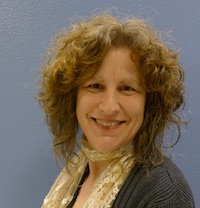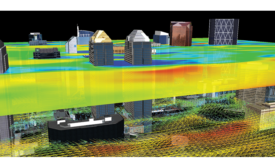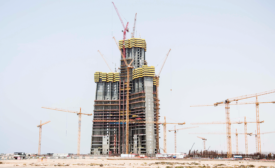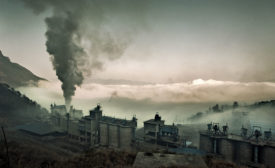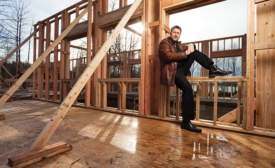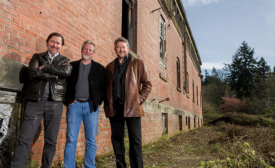- NEWS
- PROJECTS
- BUSINESS
- TALENT
- REGIONS
- TECH
- PRODUCTS
- IDEAS
- COSTS
- LISTS
- INFOCENTERS
- EVENTS
- Award of Excellence
- Best of the Best Project Awards
- FutureTech
- Groundbreaking Women in Construction EAST
- Groundbreaking Women in Construction WEST
- Global Best Projects Awards
- LA Infrastructure Forum
- NY/NJ Infrastructure Forum
- Regional Best Projects
- Seattle Infrastructure Forum
- Top 25 Newsmakers
- Upcoming Events
- Webinars
- MORE
Sustainability
Wind Engineering
RWDI Creates Better Habitats
Emphasizing sustainability, wind engineer RWDI goes beyond supertowers and long-span bridges
Read More
Global Warming
Overcoming Setbacks in the Climate Change Crusade
Promising signs even as opponents refuse to accept efforts to limit greenhouse gas emissions
Read More
Green Design Advocate Wins 2016 ENR Award of Excellence
Firebrand advancing the world’s most audacious environmental standards launches charity to help provide super-sustainable buildings for the needy
Read More
The latest news and information
#1 Source for Construction News, Data, Rankings, Analysis, and Commentary
JOIN ENR UNLIMITEDCopyright ©2025. All Rights Reserved BNP Media.
Design, CMS, Hosting & Web Development :: ePublishing

